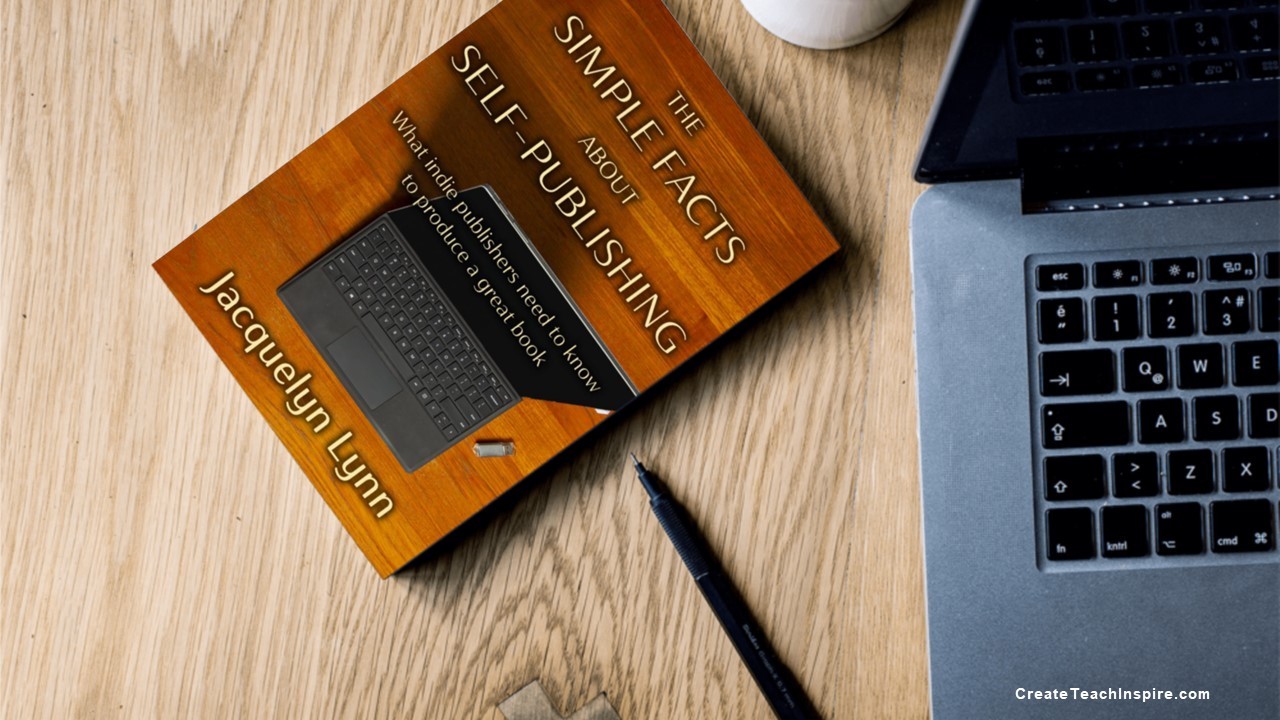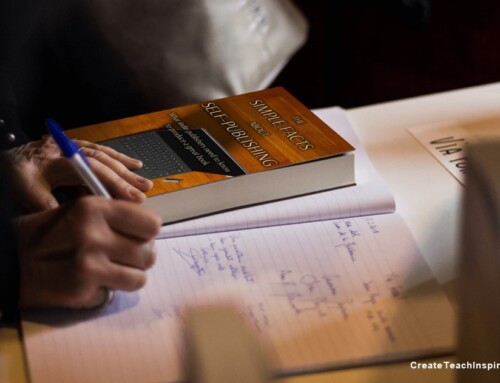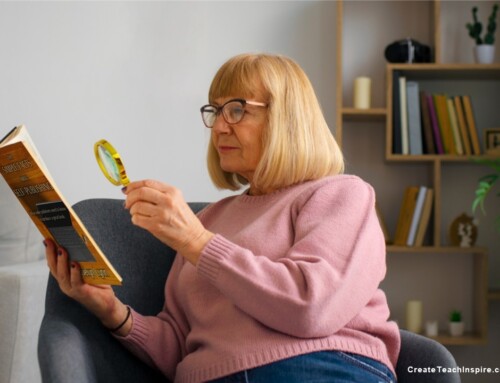Save some gems for the rest of your book
Almost every ghostwriting client I’ve worked with has made the common mistake of wanting to get all their important messages in the first few pages of their book.
Or, similarly, when I’m writing articles for them, they want too many concepts in a single piece, rather than creating multiple articles that can be crosslinked.
Here's what I tell them:
Don’t overwhelm your reader with too much information too soon.
Here’s how this applies to nonfiction books: Your first chapter is the introduction to your topic. It’s where you explain your general concept and tell the reader what you’re going to tell them in the rest of your book. It sets the stage and lets the reader know why they should keep reading. Focus on that.
The first chapter is the hors d’oeuvre that whets the reader’s appetite for the meat and potatoes that’s coming in the rest of the book.
Make that first chapter meaningful, of course. It’s not a place for fluff or filler (which doesn’t belong anywhere in your book). But it’s also not the place for a deep dive into any of the elements you’re going to address in later chapters.
When you’re writing articles, it’s easy to be discussing a particular topic and think of something you want to share that’s not directly related, but you think it’s interesting and you don’t want to forget it, so you try to weave that into the piece. It rarely works. Most of the time, it just distracts and confuses your audience.
When you get that flash of inspiration, make a note in your idea file and go back to your original subject. Stay focused so you don’t confuse your reader. You can always crosslink your articles later.
This article-writing advice can be applied to books as well: Sometimes that amazing piece of information you want to share doesn’t belong in the book you’re writing now. Save it for the next one.
Related articles:
Writing Tip: Serve Steak, Not Stew
Three Bites to Get Started Writing a Nonfiction Book
- Our First and Last Resort is Prayer - July 24, 2024
- What is Christian Business Almanac? - July 20, 2024
- Responsibilities of a Ghostwriter - July 10, 2024





